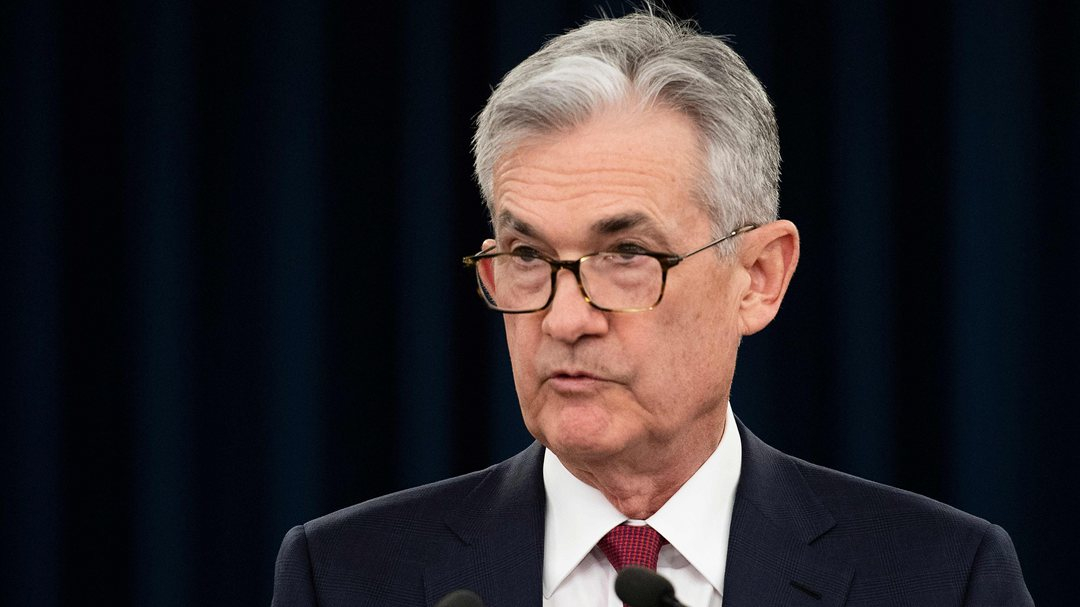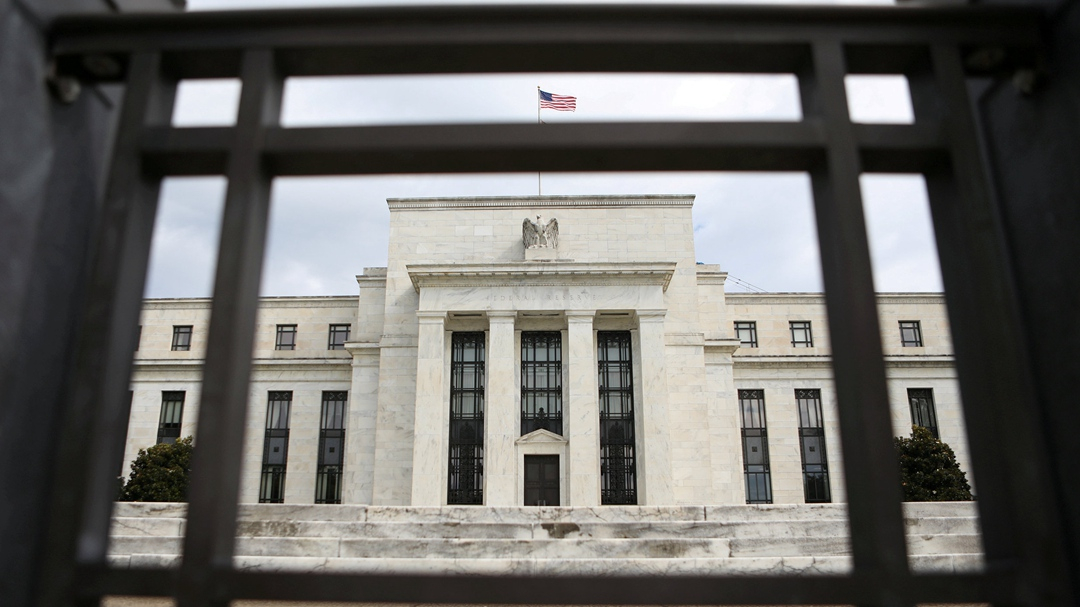
Economy
08:08, 31-Jan-2019
In a shift, U.S. Fed says will be 'patient' on future rate hikes
CGTN

The Federal Reserve on Wednesday signaled its three-year-drive to tighten monetary policy may be at an end amid a suddenly cloudy outlook for the U.S. economy due to global headwinds and impasses over trade and government budget negotiations.
As it held interest rates steady, the U.S. central bank also discarded its promises of “further gradual increases” in interest rates, and said it would be “patient” before making any further moves.
Fed Chairman Jerome Powell said the case for rate increases had “weakened” in recent weeks, with neither rising inflation nor financial stability considered a risk, and “cross-currents” including slowing growth overseas and the self-inflicted wound of a federal government shutdown making the U.S. outlook less certain.
"We are now facing a somewhat contradictory picture of generally strong U.S. macroeconomic performance alongside growing evidence of cross-currents. Common sense risk management suggests patiently waiting greater clarity," Powell told reporters after the end of a two-day policy meeting.
Continued U.S. economic growth was still “the likeliest outcome,” Powell said, but was now less certain than a month ago when the Fed said the economy was just as likely to grow faster than expected as it was to face a sharp downturn.
Combined with comments that the Fed's balance sheet would remain larger than previously expected, the Fed's meeting this week may mark a somewhat anticlimactic end to its years-long battle to “normalize” monetary policy after the 2007-2009 financial crisis and recession.

The Federal Reserve building is pictured in Washington, DC, U.S., August 22, 2018. /VCG Photo
The Federal Reserve building is pictured in Washington, DC, U.S., August 22, 2018. /VCG Photo
The current Fed policy rate of between 2.25 percent and 2.5 percent is well below historical averages and, if it goes no higher, the Fed will have little room to battle any future downturn with rate cuts alone.
It may also raise questions about whether the Fed's shifting stance – until recently Powell and other officials said monetary policy was unnecessarily loose – is a response to pressure from volatile financial markets or President Donald Trump.
Trump has repeatedly attacked the Fed for raising rates, arguing that it was undercutting economic growth.
Powell took advantage of a new regimen of press conferences after every policy meeting to lay out the series of touchy changes and insist the Fed was only reacting to economic data, not other pressures. He termed the Fed's new posture one of "wait and see," not necessarily a hard stop on rate increases.
But he also made clear the central bank is no longer in any rush after raising rates almost every quarter during the past two years, and that absent some threatening rebound of inflation or evidence of risky financial behavior, the pause would likely last.
Taken together with the balance sheet announcement, the Fed's statement gives maximum flexibility to a central bank criticized by investors who saw the Fed itself becoming a source of market turbulence that was reflexively tightening policy even as economic risks mounted.
"This marks a full 180 from what the Fed was signaling just a few months ago,” said Mohamed El-Erian, chief economic adviser at Allianz in Newport Beach, California.
After the release of the Fed's statement, U.S. stocks added to gains, with the S&P 500 index ending the day about 1.5 percent higher, while the dollar and short-term yields fell as investors gauged an even lower probability of additional rate hikes any time soon.
Market expectations of future rates fell further. Contracts tied to the Fed's policy rate continued to price about a one-in-four chance of a hike in 2019, and contracts maturing in 2020 were signaling a small but rising chance of a rate cut then.
Source(s): Reuters

SITEMAP
Copyright © 2018 CGTN. Beijing ICP prepared NO.16065310-3
Copyright © 2018 CGTN. Beijing ICP prepared NO.16065310-3